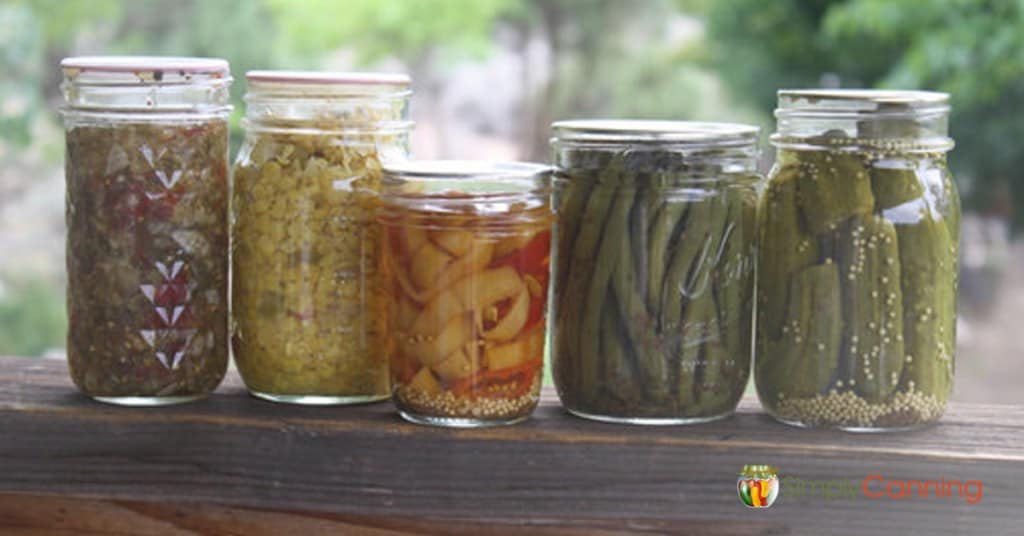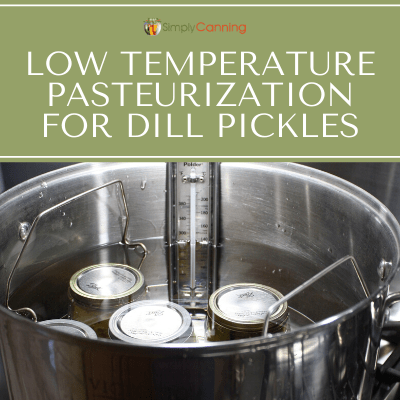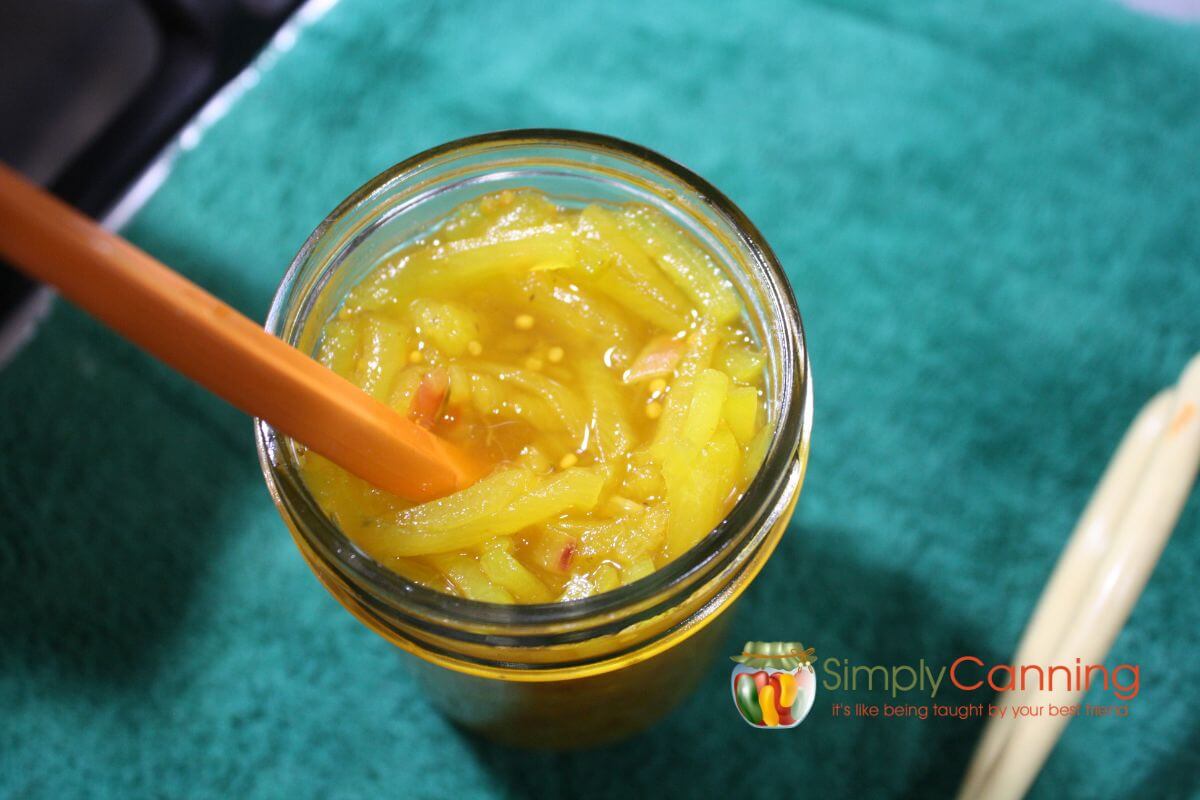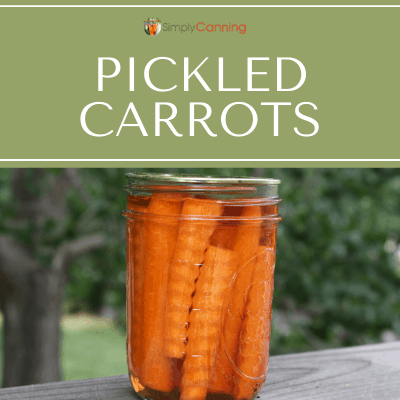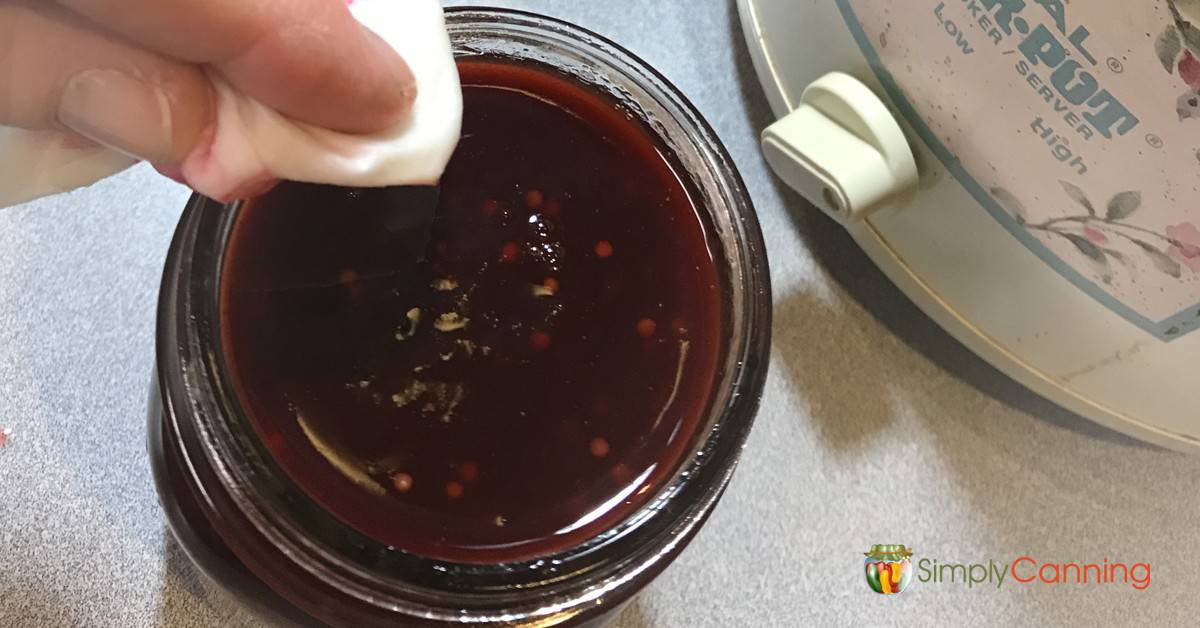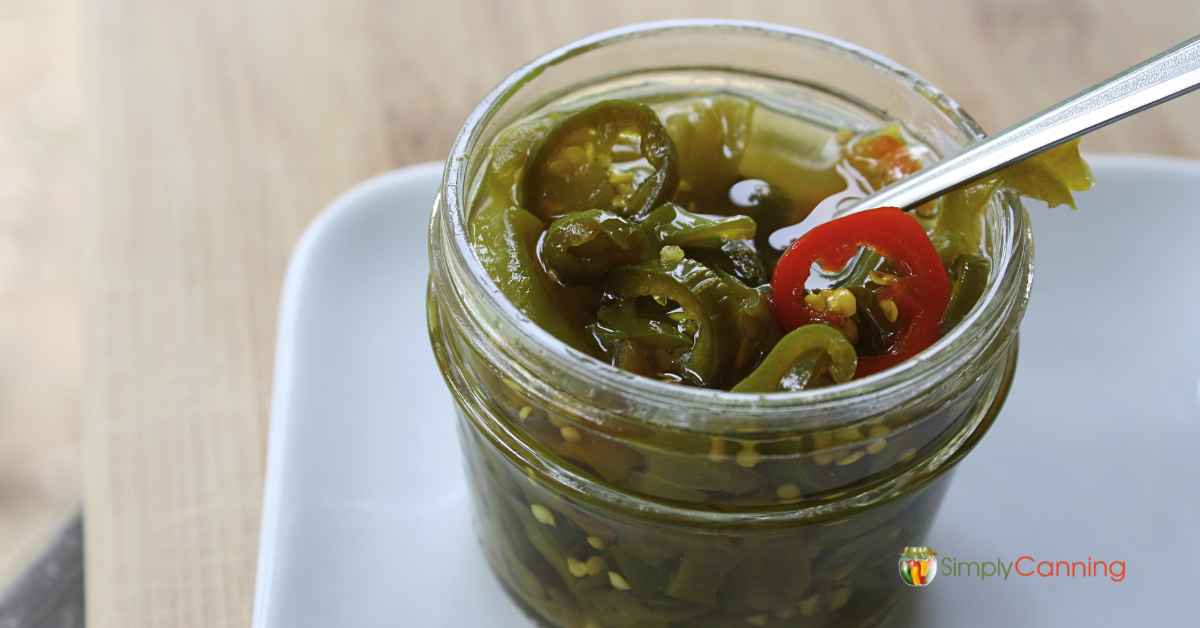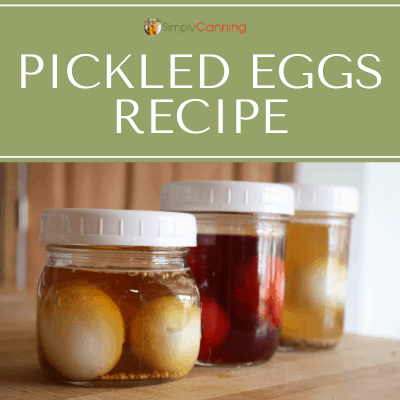Best Easy Pickle Recipes; Go Beyond the Cucumber.
This page may contain affiliate links. More Information.
When you think of pickle recipes you probably think immediately of cucumber pickles. However, pickling is not just for cucumbers! These recipes are easy and tried and true. And with safe adaptations you can make some unique flavors for your pantry.
Pickling, simply put, is the preserving of food (actually many different foods) in an acid, often vinegar. The acidic environment prevents bacterial growth and thus makes the food safe to eat. Spices and or sweeteners are added for flavor. When canning pickles you will process in a water bath canner.
Pickle Recipes
Pickling Spice
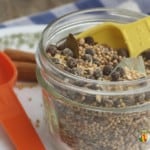
Cucumber pickles
Bread & Butter Pickle Recipes
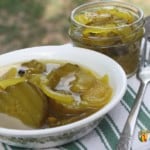
Quick, Fresh-Pack Dill Pickles
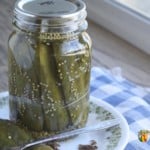
Crisp Dill Pickles / FINALLY I got the crunch. Tips and tricks.
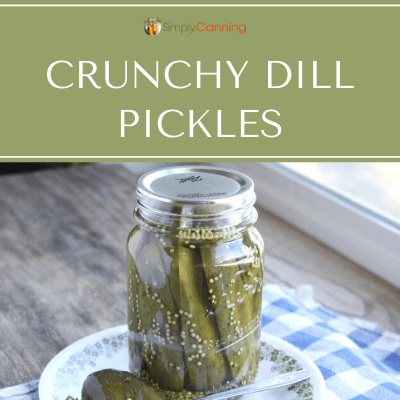
Other Vegetable Pickles
Candied Jalapenos
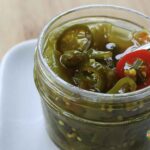
Dilly Beans
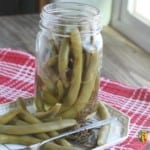
3 Bean Salad Canning Recipe
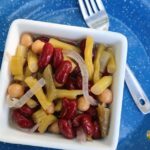
Pickled Beets
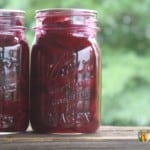
Pickled Carrots
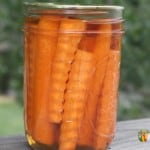
Pickled Green Tomatoes
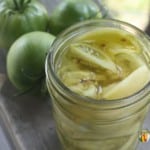
Pickled peppers can be made with just about any pepper out there!
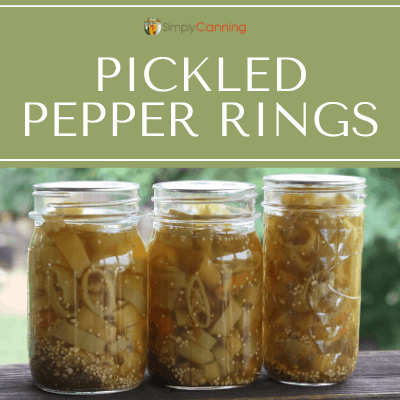
Condiments and Relish
Homemade Ketchup
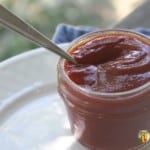
Corn Relish
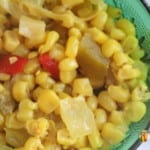
Sweet Pickle Relish
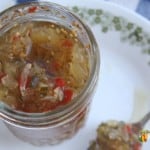
Zucchini Relish Recipe
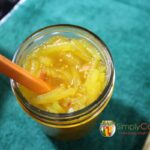
Refrigerator Pickles
Pickled Eggs
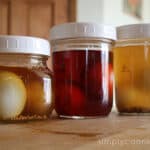
Tips for Crunchy Pickles
- Use fresh, firm cucumbers. The fresher the better. Pick same day as canning if possible.
- Pick them small. I like to pick my cucumbers when they are about thumb size. Bigger is ok but don’t let them get too big. You can also make spears, or slices for sandwiches or burgers. For whole dill pickles we like snacking on small baby pickles.
- Use big overgrown pickling cucumbers for things like relish. Scrape out and discard the seedy middle.
- Cut off the blossom end of the cucumber. It contains enzymes that can cause softening.
- Use a product called “Pickle Crisp”. This is a granule you add to the jars. It can be found in most canning aisles.
- Learn how to do a ‘low temperature process’. This is a longer processing time but at a lower temperature. It is a tested method and makes great dill pickles.
- Use pickling salt, as regular table salt may contain anti-caking agents that can interfere with crispness.
- Add a grape leaf to the jar. They contain tannins that can help to firm up the pickles.
- Pack the cucumbers tightly into the jar to help prevent them from floating and becoming soft.
- Process the jars in a boiling water bath for the recommended time to ensure proper sealing and preservation. Don’t skip this.
- Allow the pickles to sit for at least 2 weeks before consuming, as this allows the flavors to develop. It is safe to eat them sooner, but the flavor is better the longer you wait.
Tips for Pickling Food Other Than Cucumbers:
- Choose vegetables with a firm texture, like carrots, cauliflower, or green beans.
- Use a tested recipe for THAT vegetable. You can’t just substitute corn for green beans for example. Check my pickling recipes for some ideas.
- Pickled Fruit! I haven’t actually pickled fruit but did you know it can be done!?! Pickling fruits like watermelon mango, or cantaloupe make a sweet and tangy treat. (need to add this to my list of things to try.)
- Don’t be afraid to try pickling eggs. – Pickled eggs are a refrigerator pickle. Not to be stored on the shelf!
What Can or Can’t be Substituted in Pickling Recipes
Something to remember… Each vegetable has its own pickling recipe…don’t make substitutions unless it is specifically mentioned. Processing times or ingredients may be different for different vegetables.
- Either apple cider vinegar or white vinegar work with slightly different flavor results. You can substitute these in any tested recipe. Always, use vinegar with at least 5% acidity. (check the label) This is actually more than a tip, it is a requirement.
- Experiment with different pickling spices and herbs to add unique flavors to your pickles. You might like more mustard seed or dill sprigs. Red pepper flakes in moderation can add a bit of spice. You can change up the amount of dried spices. Don’t add fresh if they are not called for in the recipe. These may change the PH levels. And remember that spices can get strong in the jars! Sage is notorious for getting too strong.
- Add a garlic clove or a small dried pepper to any safe tested recipe. The taste of garlic cloves or peppers can add a bit of spice and is not going to affect the processing or safety of the recipe.
- Zucchini and Summer squash can be substituted for each other in a relish recipe. (this does not include winter squash like pumpkin or butternut squash)
- Pickling cucumbers are best for the purpose of making pickles. Store bought or regular eating cucumbers will work… but they are not a very good quality.
Types of Pickle Recipes
- Brined or Fermented Pickles – Fermenting is a form of pickling. The food to be pickled is soaked in a salty brine to ferment or cure. This is the most time-consuming method. Brining time can vary from a couple of days to several weeks.
- Fresh Pack Pickles – Also known as quick process, these pickles are packed in a vinegar solution. They can be brined from a few hours to overnight. They are then processed and allowed to set for up to several weeks to allow flavors to develop.
- Refrigerator Pickles – these are not processed to store on the shelf. You can use just about any recipe for these, tested or not. You just make the recipe and store in your refrigerator to eat soon. If there is a canning based pickle recipe that you want to just put in the fridge, you can skip processing and make it a refrigerator pickle.
- Relishes – Relishes are a combination of vegetables or fruits that are chopped and packed in a vinegar solution. Sweeteners or spices are added for flavor. Relishes can be sweet, or you can add some hot peppers for a spicy touch.
- Fruit Pickles – Fruits are brined in a sweet and sour syrup, usually with vinegar and sugar.
- Sauces – Sauces include ketchup, chili sauce, barbecue sauce, and more.

